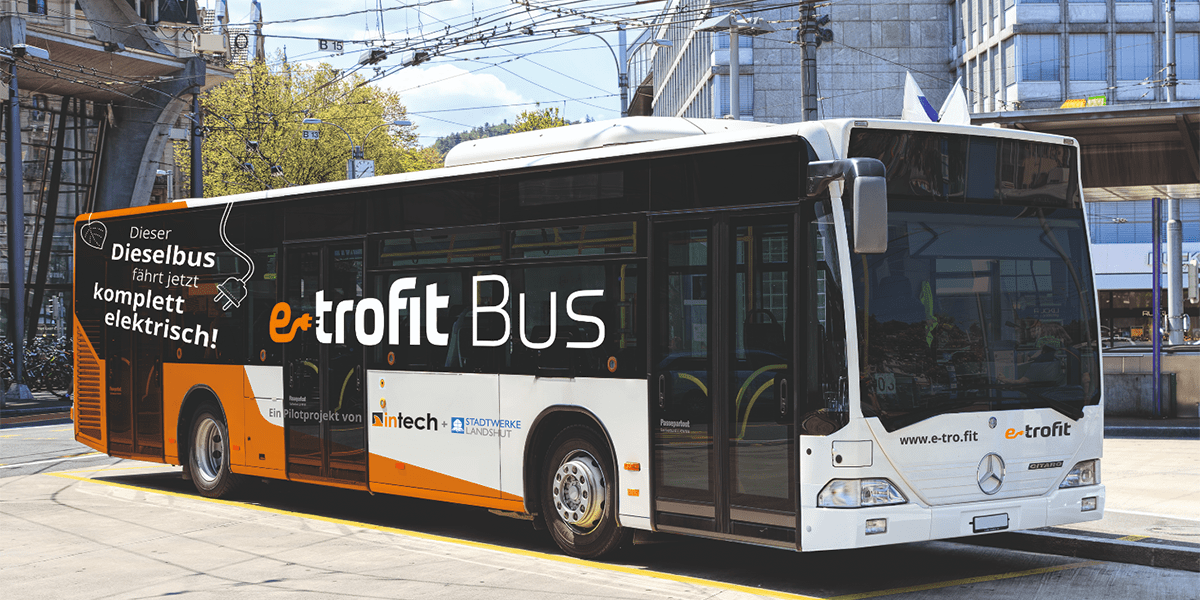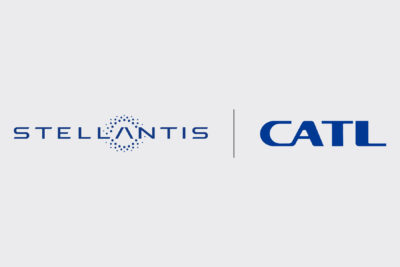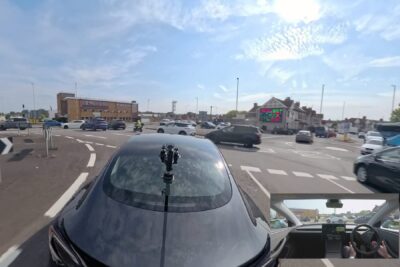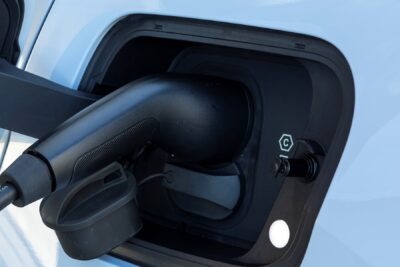ZF facilitates converting diesel buses to electric drive
A new solution called e-troFit facilitates the conversion of buses from diesel to electric drives and is the topic of a strategic partnership. ZF Aftermath will supply the system’s components to in-tech, an engineering bureau and integrator based in Munich.
The agreement also includes ZF’s global network that in-tech may use to spread their bridge technology widely. Getting an e-troFit means to switch from diesel engines to electric motors more quickly and effectively turning buses into zero emission transport solutions.
For Helmut Ernst, head of ZF’s Aftermarket Division, e-troFit is a timely offer, particularly as markets are not yet ready to “provide the necessary volume production of electrically driven vehicles until 2025. Until then, converting conventional commercial vehicles to electric drives is an excellent opportunity to substantially support cities in the electrification of public transport and still reach the required climate protection objectives,” he said.
Andreas Hager, head of the Smart Mobility Business Unit at in-tech, adds aspects of cost and time to these thoughts when saying that “for many cities and municipalities, procuring new, electrically powered buses means long waits and high purchasing costs. This is why e-troFit is an ideal alternative that can be quickly realised,” and more cost effectively so. In-tech claims the conversion would only take a few weeks given all components are available.
ZF Aftermath offers its two existing components for this purpose, namely the CeTrax, an electric central drive designed for city buses, and the AxTrax AVE electric portal axle. “CeTrax can be installed directly into the existing vehicle platform without having to make any major modifications,” explains Ernst. Power is at 300 kilowatts and a maximum torque of 4,500 Nm.
The AxTrax AVE electric portal axle can cater to a range of city buses and is suitable for many drives, including hybrid, electric or a fuel cell drive as well as those powered from an overhead wire. Each wheel is driven by a liquid-cooled asynchronous motor to keep the axle weight low. The maximum engine output is 250 kilowatts and a maximum torque of 22,000 Nm.
For now the partners focus to convert solo buses into electric buses, starting in Germany before widening their offer to the rest of Europe.





2 Comments